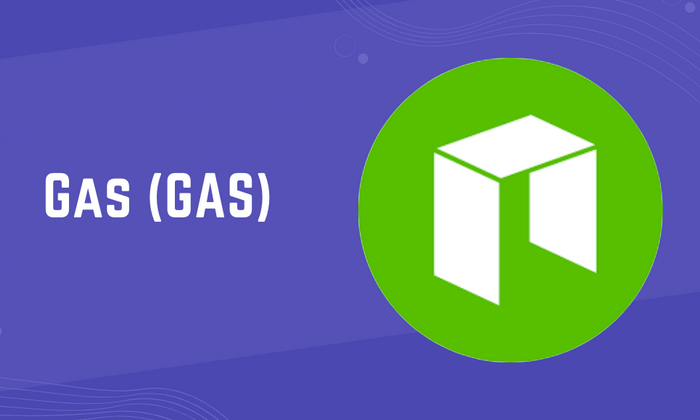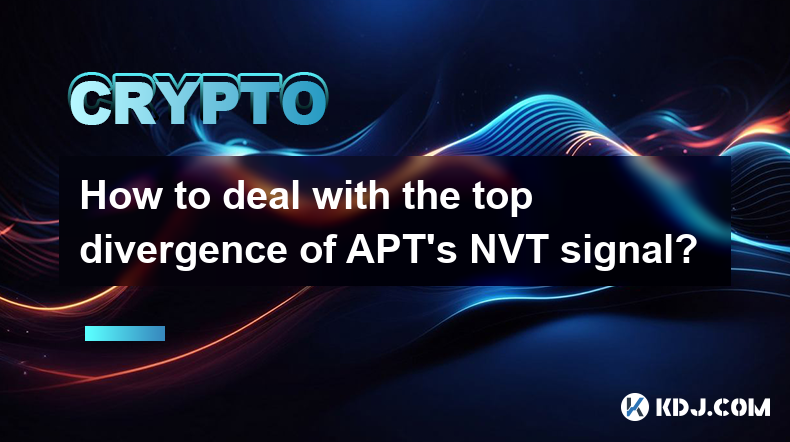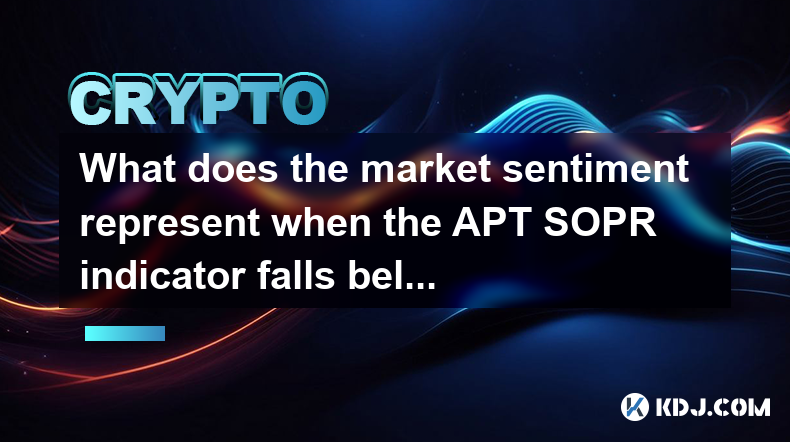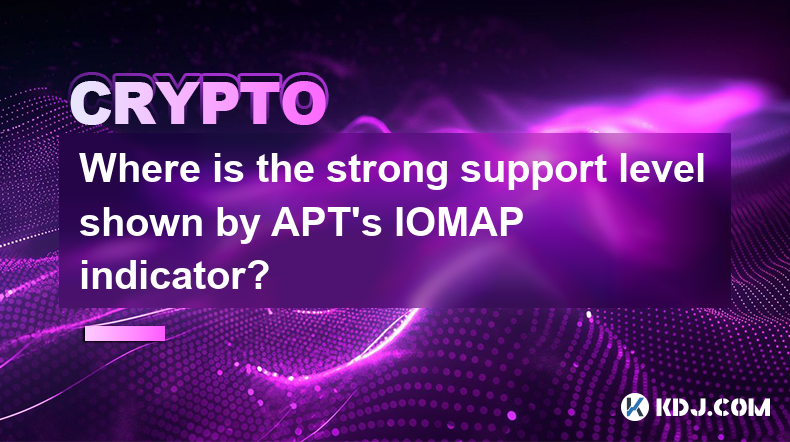-
 Bitcoin
Bitcoin $94,322.3566
0.05% -
 Ethereum
Ethereum $1,800.0831
-0.52% -
 Tether USDt
Tether USDt $1.0003
-0.01% -
 XRP
XRP $2.2730
3.56% -
 BNB
BNB $604.2132
-0.55% -
 Solana
Solana $149.1475
0.11% -
 USDC
USDC $1.0000
0.00% -
 Dogecoin
Dogecoin $0.1818
0.63% -
 Cardano
Cardano $0.7113
0.70% -
 TRON
TRON $0.2469
-2.16% -
 Sui
Sui $3.6154
3.44% -
 Chainlink
Chainlink $14.7055
-1.18% -
 Avalanche
Avalanche $21.9760
-0.86% -
 Stellar
Stellar $0.2870
-1.32% -
 UNUS SED LEO
UNUS SED LEO $9.0901
0.07% -
 Toncoin
Toncoin $3.3208
0.14% -
 Hedera
Hedera $0.1899
-1.01% -
 Shiba Inu
Shiba Inu $0.0...01358
-3.98% -
 Bitcoin Cash
Bitcoin Cash $348.7254
-2.46% -
 Litecoin
Litecoin $86.5842
-0.72% -
 Polkadot
Polkadot $4.1229
-3.47% -
 Hyperliquid
Hyperliquid $17.5865
-1.54% -
 Dai
Dai $1.0000
0.00% -
 Bitget Token
Bitget Token $4.3819
-0.70% -
 Ethena USDe
Ethena USDe $0.9996
-0.01% -
 Pi
Pi $0.6324
-2.50% -
 Monero
Monero $230.0979
0.62% -
 Pepe
Pepe $0.0...08877
-2.45% -
 Uniswap
Uniswap $5.5721
-3.98% -
 Aptos
Aptos $5.4254
-3.44%
What is the issuance and circulation of Gas coins?
Gas coins, essential to blockchain ecosystems, are issued via pre-mining or block reward issuance, and their circulation is fueled by transaction fees and smart contract execution, with mechanisms in place to control value stability.
Nov 20, 2024 at 08:05 pm

What is the Issuance and Circulation of Gas Coins?
Understanding Gas Coins in Blockchain Technology
Gas coins are a fundamental aspect of blockchain technology, serving as the fuel that powers transactions and incentivizes network participants. In this comprehensive article, we delve into the issuance and circulation mechanisms of gas coins, exploring the underlying processes that govern their creation, distribution, and usage in blockchain ecosystems.
1. Issuance of Gas Coins
The issuance of gas coins is carefully controlled by the blockchain protocol and is typically managed through a pre-defined issuance schedule. This schedule determines the number of new gas coins released into circulation over time, ensuring a steady supply while maintaining the value and stability of the coins.
a. Pre-mined Issuance: In some blockchain systems, a significant portion of gas coins may be pre-mined during the initial setup of the network. This provides the blockchain with an initial supply of coins to facilitate early transactions and incentivize participation.
b. Block Reward Issuance: Gas coins may also be issued as a reward to block validators or miners who participate in the consensus process. By adding new blocks to the blockchain, validators earn gas coins as a compensation for their computational efforts and as an incentive to maintain network security.
2. Circulation of Gas Coins
Once gas coins are issued, they enter circulation within the blockchain ecosystem. Their circulation is primarily driven by transaction fees and smart contract execution.
a. Transaction Fees: When users initiate a transaction on a blockchain network, they typically pay a fee in gas coins. These fees incentivize validators to process the transaction and add it to the blockchain, ensuring the integrity and efficiency of the network.
b. Smart Contract Execution: Smart contracts, self-executing programs on the blockchain, require gas coins to operate. The execution of these contracts involves computational resources and storage space on the blockchain, which are paid for in gas coins.
3. Mechanisms to Control Gas Coin Circulation
To maintain the stability and value of gas coins, blockchain networks may implement various mechanisms to control their circulation. These mechanisms aim to prevent excessive issuance or deflation, ensuring the long-term viability of the blockchain ecosystem.
a. Burn Mechanisms: Some blockchains incorporate a burn mechanism that removes a portion of gas coins from circulation during specific events or transactions. This can help reduce the supply of coins and increase their value.
b. Issuance Adjustments: Blockchain protocols may have mechanisms in place to adjust the issuance rate of gas coins based on network demand or other parameters. This helps balance supply and demand, ensuring an appropriate level of inflation or deflation.
c. Monetary Policy: In some cases, the blockchain network's governing body or community may implement a monetary policy to manage the issuance and circulation of gas coins. This can involve setting specific targets for inflation or deflation and adjusting issuance rates accordingly.
4. Factors Influencing Gas Coin Value
The value of gas coins is influenced by various factors, including:
a. Transaction Volume: Increased network usage and transaction volume can lead to higher demand for gas coins, driving their value up.
b. Block Reward Halving: Some blockchains implement a halving mechanism that periodically reduces the block reward paid to validators. This can decrease the issuance of gas coins and potentially increase their value.
c. Demand for Smart Contracts: Increased demand for smart contract development and execution can boost the need for gas coins, driving their value higher.
d. Speculation: As with any asset, gas coins are subject to market speculation and price fluctuations based on investor sentiment and expectations.
5. Use Cases for Gas Coins
Gas coins play several crucial roles in blockchain ecosystems, including:
a. Transaction Fees: As mentioned earlier, gas coins are used to pay transaction fees, incentivizing network participants to process and validate transactions.
b. Smart Contract Execution: Gas coins are essential for powering the execution of smart contracts, enabling developers to create and deploy complex programs on the blockchain.
c. Governance and Voting: Some blockchains utilize gas coins for governance purposes, allowing coin holders to vote on proposals and participate in the decision-making process.
d. Staking and Rewards: In certain blockchain networks, gas coins can be staked to earn rewards, further incentivizing participation and network security.
Conclusion
Gas coins are an integral part of blockchain technology, providing the essential fuel that powers transactions, smart contract execution, and various other network activities. Their issuance and circulation are meticulously controlled through pre-defined mechanisms, ensuring a balance between supply and demand. By understanding the intricate mechanisms surrounding gas coins, users and investors can navigate the blockchain ecosystem effectively and make informed decisions.
Disclaimer:info@kdj.com
The information provided is not trading advice. kdj.com does not assume any responsibility for any investments made based on the information provided in this article. Cryptocurrencies are highly volatile and it is highly recommended that you invest with caution after thorough research!
If you believe that the content used on this website infringes your copyright, please contact us immediately (info@kdj.com) and we will delete it promptly.
- Rexas Finance (RXS) Is Poised to Become the Next Big Crypto
- 2025-04-28 04:20:13
- The meme coin revival: Why PEPE and Dogecoin may dominate this bull run
- 2025-04-28 04:20:13
- El Salvador Has Stopped Buying Bitcoin with Public Funds, but Its Bitcoin Strategy Is Far from Abandoned
- 2025-04-28 04:15:13
- Bitcoin (BTC) Value is Hovering Near Crucial Resistance Points as Market Participants Await Important Shifts
- 2025-04-28 04:15:13
- Bitcoin (BTC) Price Surpasses $95,000 as Market Reclaims Key Levels
- 2025-04-28 04:10:12
- Cryptocurrency market shows growing interest in Mutuum Finance (MUTM) after raising $7.2 million
- 2025-04-28 04:10:12
Related knowledge

What does the divergence between APT's OBV indicator and price indicate?
Apr 25,2025 at 01:28pm
What does the divergence between APT's OBV indicator and price indicate? The divergence between the On-Balance Volume (OBV) indicator and the price of APT (Aptos) can provide significant insights into the potential future movements of the cryptocurrency. Understanding this divergence is crucial for traders and investors looking to make informed decision...

How to deal with the top divergence of APT's NVT signal?
Apr 26,2025 at 04:43am
The NVT (Network Value to Transactions) ratio is a fundamental metric used in the cryptocurrency space to assess the value of a cryptocurrency relative to the on-chain transaction volume. For the cryptocurrency APT, understanding and dealing with the top divergence of its NVT signal is crucial for investors and traders. This article will delve into the ...

What does the market sentiment represent when the APT SOPR indicator falls below 1?
Apr 25,2025 at 08:22pm
The APT SOPR (Adjusted Spent Output Profit Ratio) indicator is a crucial metric in the cryptocurrency market, particularly for analyzing the profitability of transactions on the blockchain. When the APT SOPR falls below 1, it represents a specific market sentiment that investors and analysts closely monitor. Let's delve into what this indicator signifie...

Is it necessary to clear the position when the APT hash band shows a death cross?
Apr 27,2025 at 03:22am
When trading cryptocurrencies, technical indicators play a crucial role in helping traders make informed decisions. One such indicator is the APT hash band, and a specific pattern that traders often watch out for is the 'death cross.' The question of whether it is necessary to clear your position when the APT hash band shows a death cross is nuanced and...

Where is the strong support level shown by APT's IOMAP indicator?
Apr 25,2025 at 05:01am
The IOMAP (In/Out of the Money Around Price) indicator is a powerful tool used in the cryptocurrency market to identify potential support and resistance levels. For the cryptocurrency APT (Aptos), the IOMAP indicator can provide insights into where strong support levels might be located. This article will delve into the specifics of the IOMAP indicator,...

What does it mean when the APT monthly closing price breaks through the previous high?
Apr 25,2025 at 05:28pm
When the APT monthly closing price breaks through the previous high, it signifies a significant milestone in the cryptocurrency market. APT, or Aptos, is a relatively new player in the crypto space, and its price movements can offer valuable insights into market sentiment and potential future trends. In this article, we will delve into what it means whe...

What does the divergence between APT's OBV indicator and price indicate?
Apr 25,2025 at 01:28pm
What does the divergence between APT's OBV indicator and price indicate? The divergence between the On-Balance Volume (OBV) indicator and the price of APT (Aptos) can provide significant insights into the potential future movements of the cryptocurrency. Understanding this divergence is crucial for traders and investors looking to make informed decision...

How to deal with the top divergence of APT's NVT signal?
Apr 26,2025 at 04:43am
The NVT (Network Value to Transactions) ratio is a fundamental metric used in the cryptocurrency space to assess the value of a cryptocurrency relative to the on-chain transaction volume. For the cryptocurrency APT, understanding and dealing with the top divergence of its NVT signal is crucial for investors and traders. This article will delve into the ...

What does the market sentiment represent when the APT SOPR indicator falls below 1?
Apr 25,2025 at 08:22pm
The APT SOPR (Adjusted Spent Output Profit Ratio) indicator is a crucial metric in the cryptocurrency market, particularly for analyzing the profitability of transactions on the blockchain. When the APT SOPR falls below 1, it represents a specific market sentiment that investors and analysts closely monitor. Let's delve into what this indicator signifie...

Is it necessary to clear the position when the APT hash band shows a death cross?
Apr 27,2025 at 03:22am
When trading cryptocurrencies, technical indicators play a crucial role in helping traders make informed decisions. One such indicator is the APT hash band, and a specific pattern that traders often watch out for is the 'death cross.' The question of whether it is necessary to clear your position when the APT hash band shows a death cross is nuanced and...

Where is the strong support level shown by APT's IOMAP indicator?
Apr 25,2025 at 05:01am
The IOMAP (In/Out of the Money Around Price) indicator is a powerful tool used in the cryptocurrency market to identify potential support and resistance levels. For the cryptocurrency APT (Aptos), the IOMAP indicator can provide insights into where strong support levels might be located. This article will delve into the specifics of the IOMAP indicator,...

What does it mean when the APT monthly closing price breaks through the previous high?
Apr 25,2025 at 05:28pm
When the APT monthly closing price breaks through the previous high, it signifies a significant milestone in the cryptocurrency market. APT, or Aptos, is a relatively new player in the crypto space, and its price movements can offer valuable insights into market sentiment and potential future trends. In this article, we will delve into what it means whe...
See all articles























































































